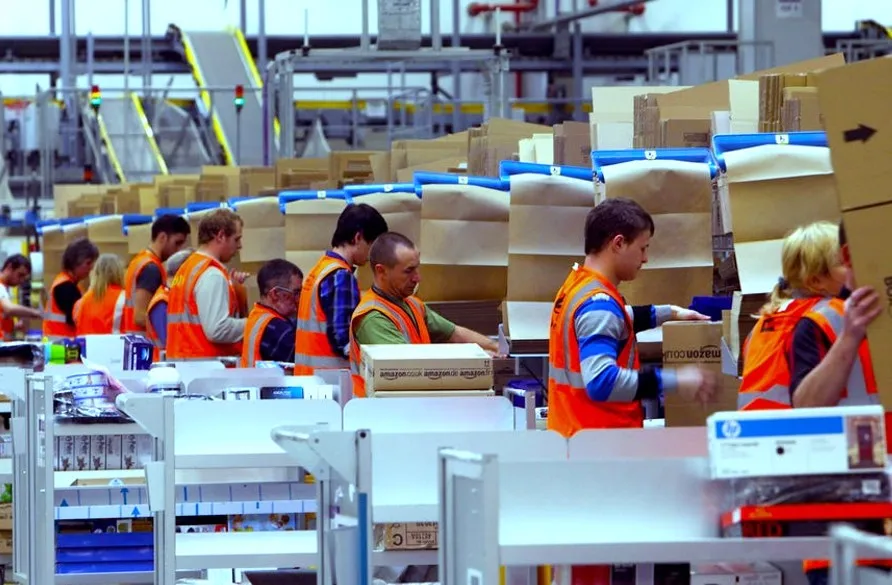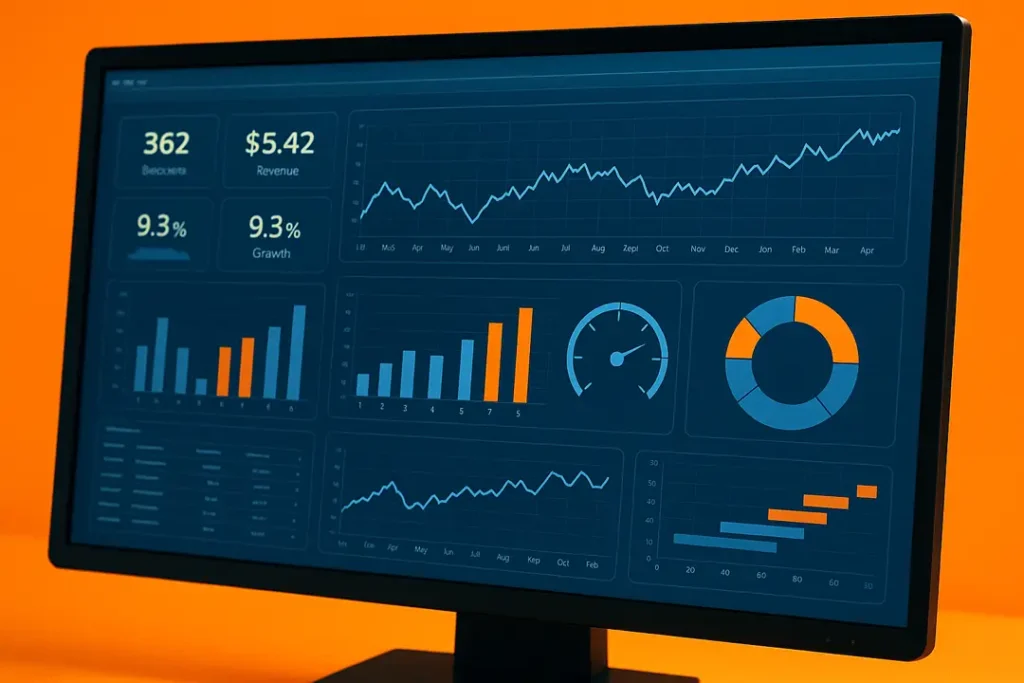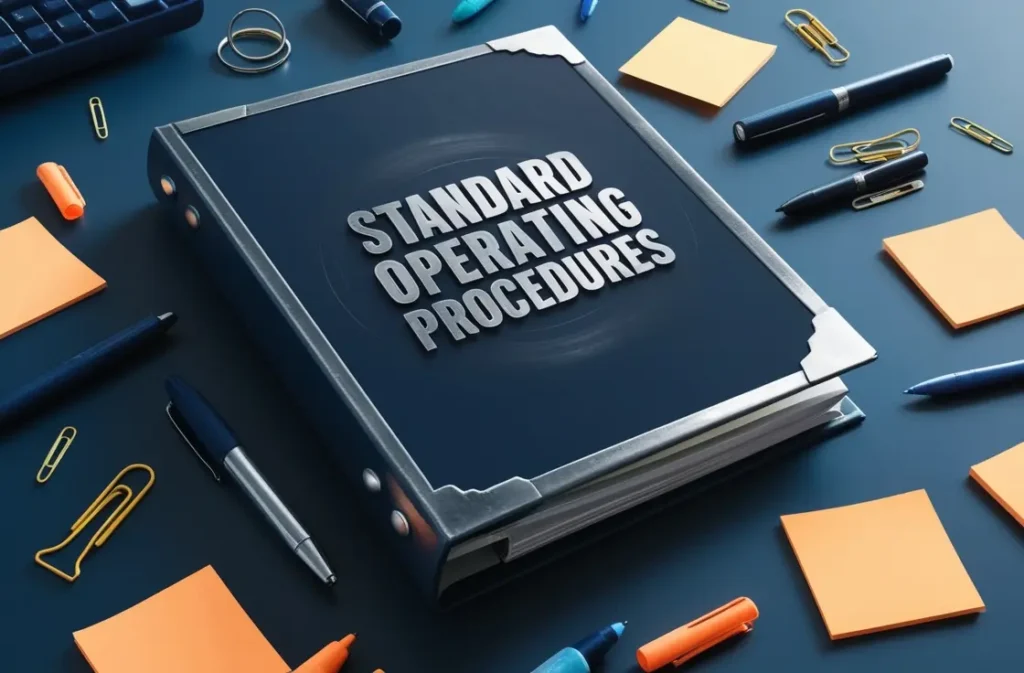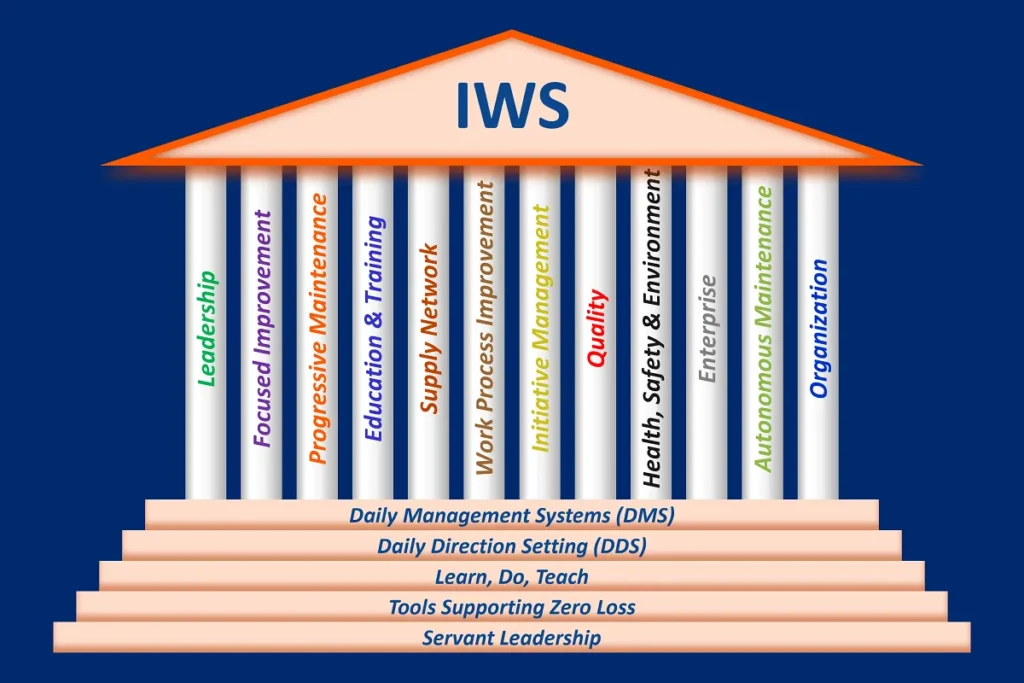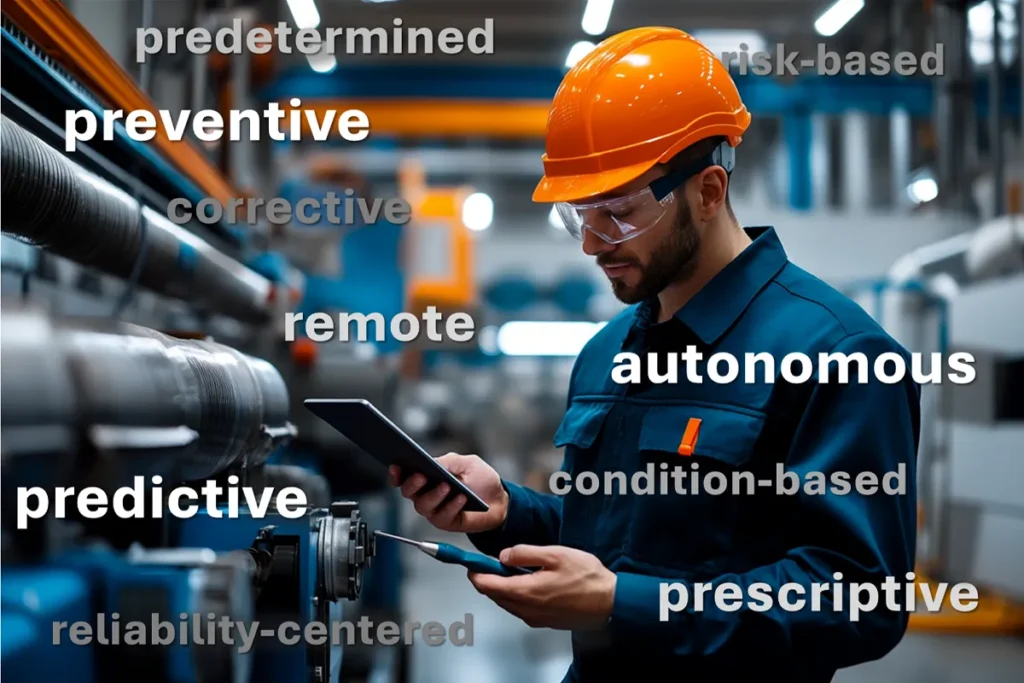5 Breakthrough Amazon warehouse innovations any operation can reapply
Want Amazon-level efficiency – without robots or a mega-budget? This guide reveals proven, practical warehouse innovations from Amazon’s world-class operations: process improvements and digital tools any business can reapply to boost accuracy, efficiency, and resilience. No army of robots required, just smart, scalable ideas you can put to work right now.
5 Breakthrough Amazon warehouse innovations any operation can reapply Read More »

